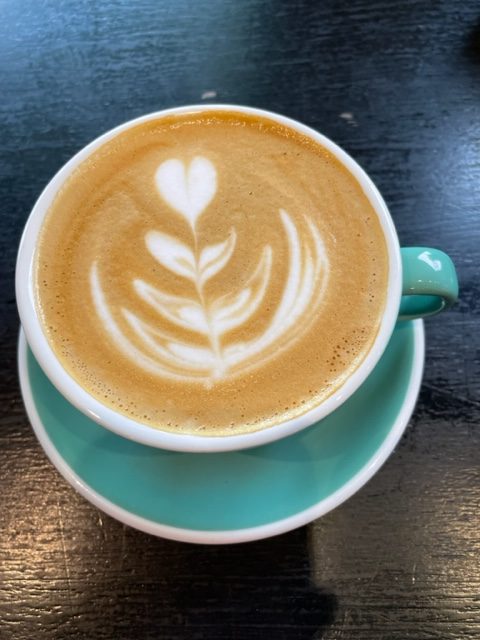by Christine Sine
On Saturday I held my Rhythms and Seasons webinar, a fun time of creativity, reflection and discussion which I will share more about at a later date. In preparation for this time I reread my book Godspace: Time For Peace in the Rhythms of Life. In fact my original intention was to work straight from this book at the retreat. However God had other more exciting plans that stretched both me and the participants to consider Rhythms and Seasons in other ways. However, one place that I relied heavily on Godspace: Time for Peace in the Rhythms of Life, was in talking about rituals and celebrations. All seasons need rituals and celebrations to mark and anchor them. and I still find this understanding helpful.
According to Christian anthropologist Paul Hiebert there are two types of rituals, habits or practices we need in our lives, what he calls rituals of restoration and rituals of transformation.
Rituals of restoration are the most common. These are the practices that restore our faith in the beliefs that order our lives. They also connect us to and anchor us in the religious communities in which these beliefs are expressed. Restorative practices are highly structured & do not change from day to day though they may be adapted to the seasons either of earth or of church as these change. They reaffirm our sense of order & meaning in the universe, our community & our own lives. Most importantly, they intentionally connect our daily activities to the life, death & resurrection of Christ and also to the world in which we live.
Possibilities include a rhythm of prayer that reaffirms what we believe, sabbath practices, weekly church gathering, taking communion, following the liturgical calendar and the use of liturgical symbols like the sign of the cross, candles, and incense. I even find that writing prayers for Facebook each morning and preparing my blog posts is a stabilizing and restorative ritual.
For me it has been the establishment of rhythms rather than the actual practices that are important. The practices may change but I love to have a regular rhythm to the day, week and year. In fact the breaking of this rhythm is one thing I find destabilizing. Praying each day is an essential part of my faith practice but what those prayers look like changes from day to day, from week to week and from season to season. In the past I have enjoyed The New Zealand Prayer Book and David Adam’s The Rhythm of Life, but recently acquired a copy of Women’s Uncommon Prayers: Our Lives Revealed, Nurtured, Celebrated which I plan to start using as well as Margaret Silf’s Sacred SpacesL Stations on a Celtic Way. reading prayers and reflections each morning is one of the important anchors of my life.
Rituals of transformation are characterized by a high degree of creativity & have little repetitive structure. Their goal is to cut through the established way of doing things and restore a measure of flexibility and personal intimacy. In other words they stop our restorative practices becoming boring and stagnant. They enable our faith to grow and change, enabling us to adapt to the passages of life and changes in our culture. In the liturgical calendar, Advent & Lent were specifically designed with this intention. Prayer retreats, conferences and workshops can also accomplish this though these days it seems that such events are more geared towards reinforcing the status quo than changing it. Pilgrimage, Biblically based celebrations like Stations of the Cross can also accomplish this. Prayer walks, mission trips, even walking the labyrinth are all practices that maintain this type of flexibility.
When I was on the Mercy Ship Anastasis, when the ship was ready to sail to a new port, we held what was called a Moving of the Ark ceremony, harkening back to the fact that the Israelites would only break camp and move when the cloud over the ark of the covenant moved. We celebrated with a special worship service, sharing the good things that had happened in the port we were leaving, sharing communion and then learning a little about the new port we were heading towards as a time of preparation. I don’t live on a ship that moves every few weeks any more but I have learned the importance of marking milestones in my life journey in similar ways.
Celebrating the seasons in our world and in our life is a wonderful way to mark time and recognize the transitions that prepare us for change. I find an increasing number of people are looking for celebrations like Chalking the Door and the Celtic festivals of Imbolc to help them mark the seasons and the rhythm of their lives. Acknowledging transitions, looking back with gratitude and forward with anticipation is a wonderful, faith building exercise that all of us should practice on a regular basis.
What are the practices that provide both stability and flexibility in your spiritual life? What are your restorative and transformative habits that shape your faith?

